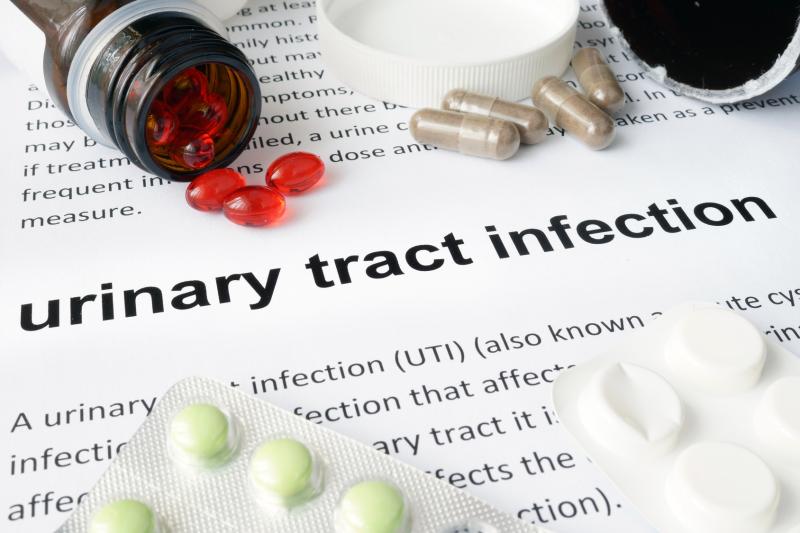
Underlying comorbidities and cystostomy in children are associated with an increased risk of urinary tract infection (UTI) caused by extended-spectrum β-lactamase–producing bacteria (ESBL-PB), according to a recent study. However, most ESBL cases are those without any known risk factors.
This nested case-control study was conducted from 1 January 2012 through 31 December 2016. The investigators compared 240 paediatric patients with ESBL-PB UTI with 480 non-ESBL-PB UTI controls who were matched according to age and year of diagnosis.
Children with ESBP-PB UTI, compared with matched controls, were more likely to have a history of prior admission to the intensive care unit (ICU; 22.5 percent vs 12.3 percent; p<0.001), one or more underlying comorbidities (19.2 percent vs 5.8 percent; p<0.001), prior hospitalization (47.1 percent vs 32.9 percent; p<0.001), exposure to a cephalosporin antibiotic within 30 days before culture (7.5 percent vs 4.2 percent; p=0.035), and to have cystostomy (7.9 percent vs 1.5 percent; p<0.001).
In addition, hypothermia prevalence was higher (48.8 percent vs 38.5 percent; p=0.009) and average hospital stays were significantly longer (8.7 vs 4.0 days) in patients with ESBL-PB UTI. They were also more likely to be admitted to the ICU (odds ratio [OR], 1.8, 95 percent confidence interval [CI], 1.1–2.9).
In multivariate analysis, only having cystostomy (OR, 3.7, 95 percent CI, 1.4–9.4) and at least one underlying comorbidity (OR, 2.4, 95 percent CI, 1.3–4.3) independently predicted ESBL-PB UTI. All ESBL-PB isolates tested against meropenem were susceptible, and majority were resistant to multiple nonbeta-lactam antibiotics.
“Clinical signs/symptoms and commonly used biochemical markers were unreliable to differentiate cases caused by ESBL-PB from those caused by non-ESBL-PB,” the investigators said.
“Further research is needed to elucidate the conditions most associated with ESBL-PB UTIs among children to properly guide empirical therapy in patients at-risk for these infections, to improve the outcomes and … to determine strategies for rational antimicrobial use,” they added.